Imagine What?
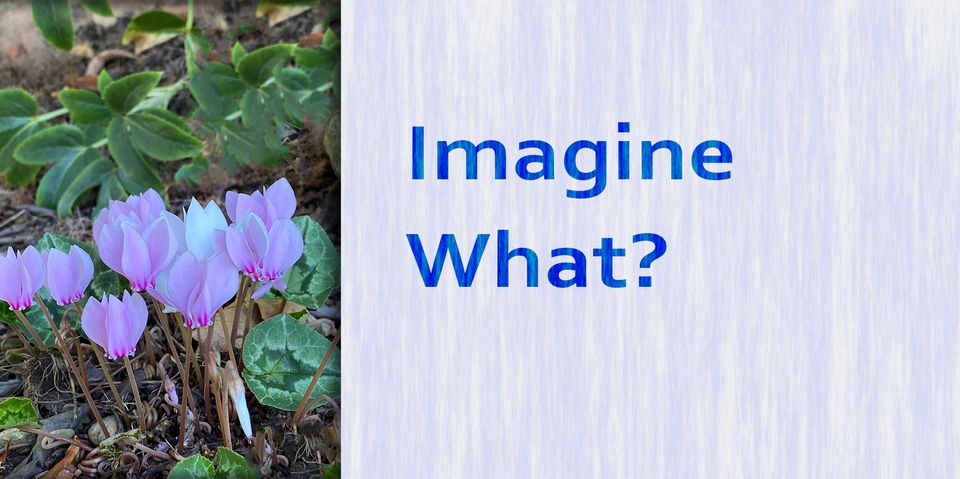
Sometimes, everything falls into place after a disturbance roils your thinking. That’s what happened when I read an article for a discussion group about two different perspectives on the future called The People Cheering for Humanity’s End. The cheerleaders for humanity’s demise, it seems, are groups on opposite ends of the spectrum. The anti-humanists believe man is too damaged to continue and they welcome our extinction. The trans-humanists believe that we can improve on humanity through genetic engineering and artificial intelligence to transition us beyond living in a body. Both viewpoints welcome a world without us, and that disturbed me.
When I was young, I might have agreed with the first group. Back then, I was living through toxic smog episodes in Santa Ana, California, that were so thick some days you couldn’t see to drive through it. The news was filled with environmental disasters such as the Cuyahoga River outside of Cleveland actually catching fire because of pollution. On a backpacking trip, I walked through massive clear cuts on a mountain, trying in vain to find a trail on my map in the midst of the tragic devastation. I despised people for doing this to the planet, but that was a time when I also felt cut off from myself and others—disconnected.
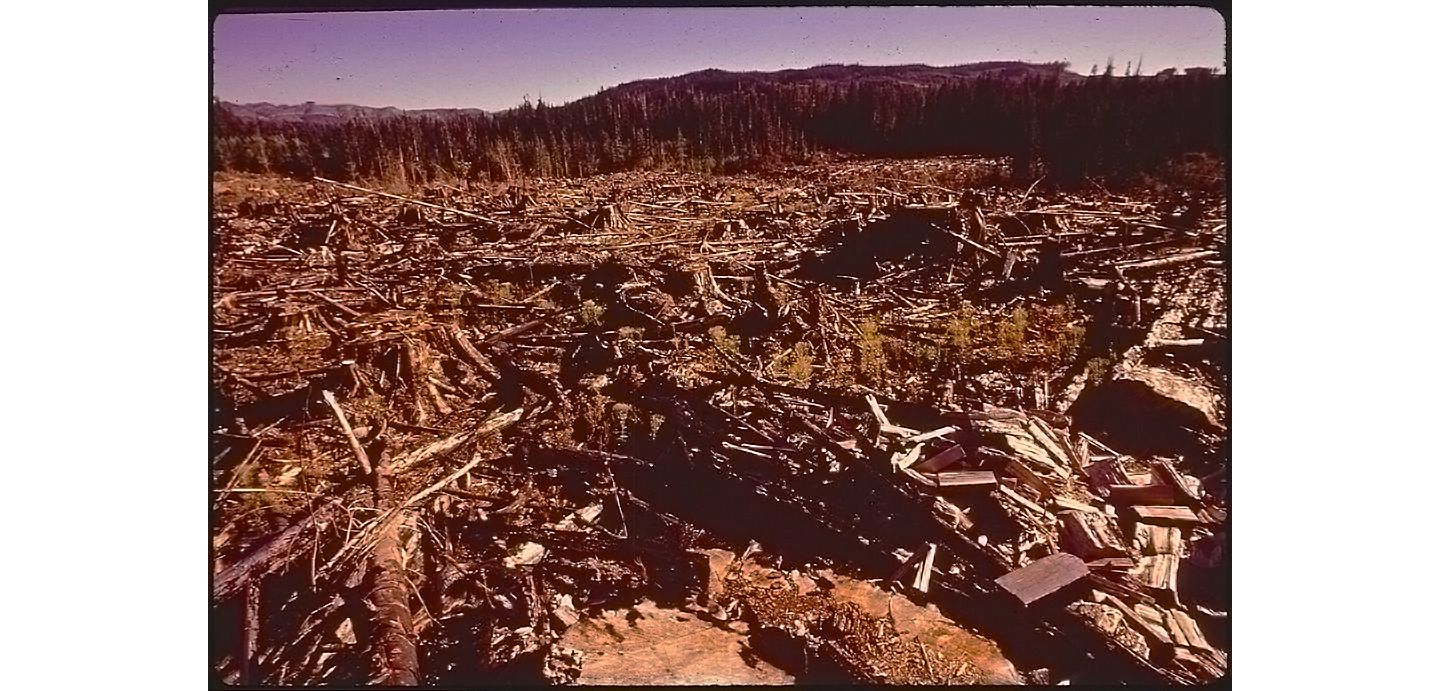
So, after reading this article about the anti-humanists and the trans-humanists, I could understand the impulse to want to see people gone. I had felt it in the past. It’s a pretty self-destructive way to spend your time on earth because life lacks meaning. Over a lifetime, though, I have grown beyond this impulse and learned to embrace the human journey. It is our gift, this life we are given, and we need to heal all the ways we are broken, including stopping our abuse of the planet.
This healing is the work storytellers can embrace when writing climate fiction. We need to envision the journey, both externally and internally. We must explore where we are broken and what we truly need to live a good life, one that doesn’t destroy the environment which we depend on.
So, the question is: imagine what? What can humans become? How can we change for the better of the planet?
There’s no denying that human nature is problematic. Humans can be greedy, selfish, hateful, and murderous. We can be fearful and judgmental. And though we have great capacity to be loving, compassionate, joyful, even forgiving, we often act out of revenge, grief, and bitterness. How do we imagine healing the planet if we don’t know how to heal ourselves?
It is hard, though, to create a story without a vision of where the story should go, and my ideas were not as well-formed as I had hoped when I expressed mine to the group discussing the cheering for the end article. That’s what had left me unsettled.
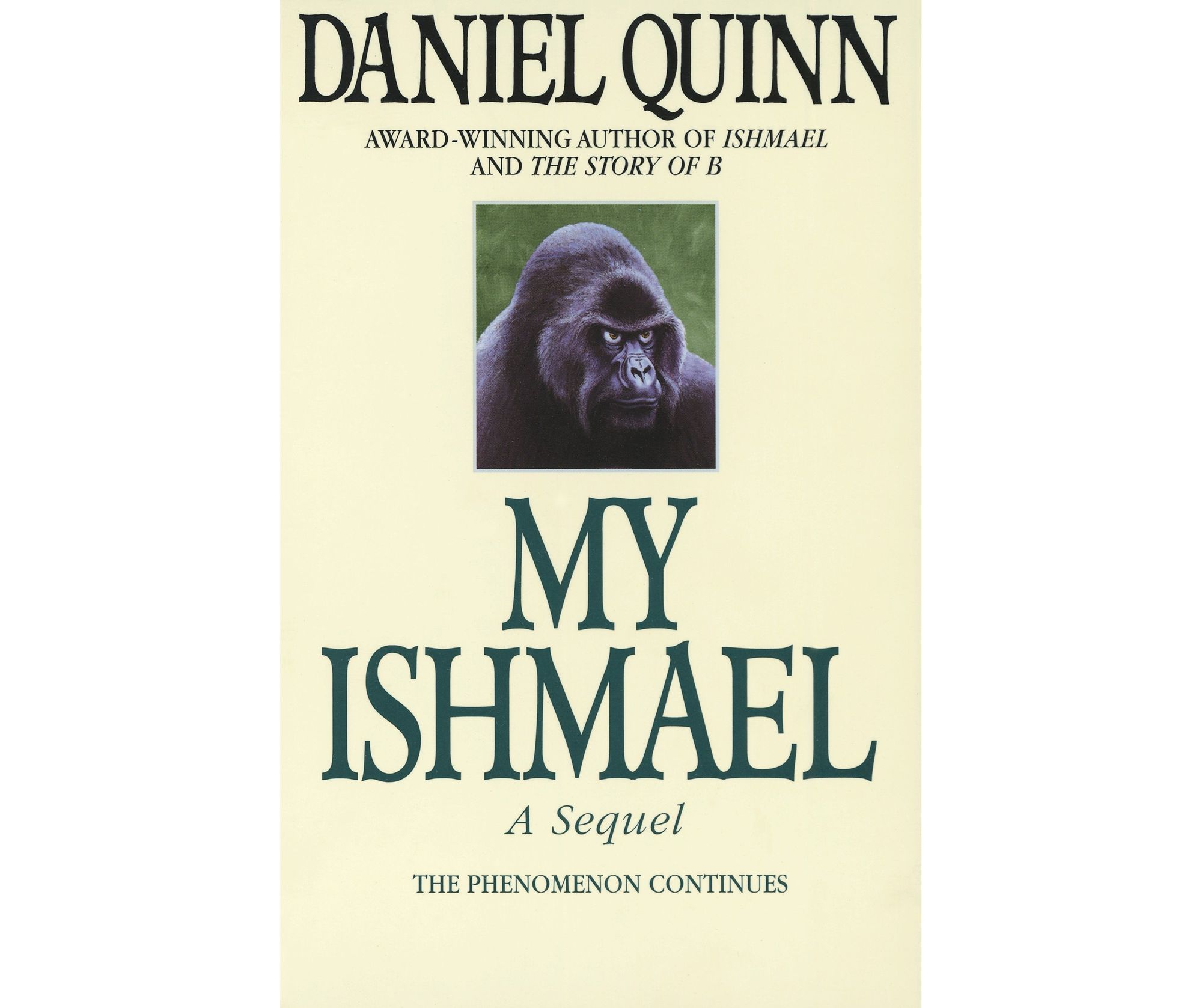
And then I went to the library and picked up My Ishmael, the sequel to the bestselling novel called Ishmael by Daniel Quinn, which I reviewed in an earlier post. This book brought me some relief because Quinn’s ideas helped me to clarify my own. Quinn makes good logical arguments even though the book’s plot is atypical and certainly not an action thriller. Those looking for pure entertainment may not be impressed, but those wanting to understand will keep reading.
In this sequel, Quinn revisits the same Gorilla-as-teacher plot but with a different pupil—a 12-year-old girl. Though I did not agree with several of his points (his bias against our educational system and jobs for instance) his basic vision hit home with me.
His major point is that our ancestors living in tribal communities created a sense of belonging through their simpler lifestyle and need to support each other to survive. Our culture, though, makes it difficult to find that support and connection we truly need. Without this connection we have tried to satisfy our need with products because, he says, we have “locked up all the food.”
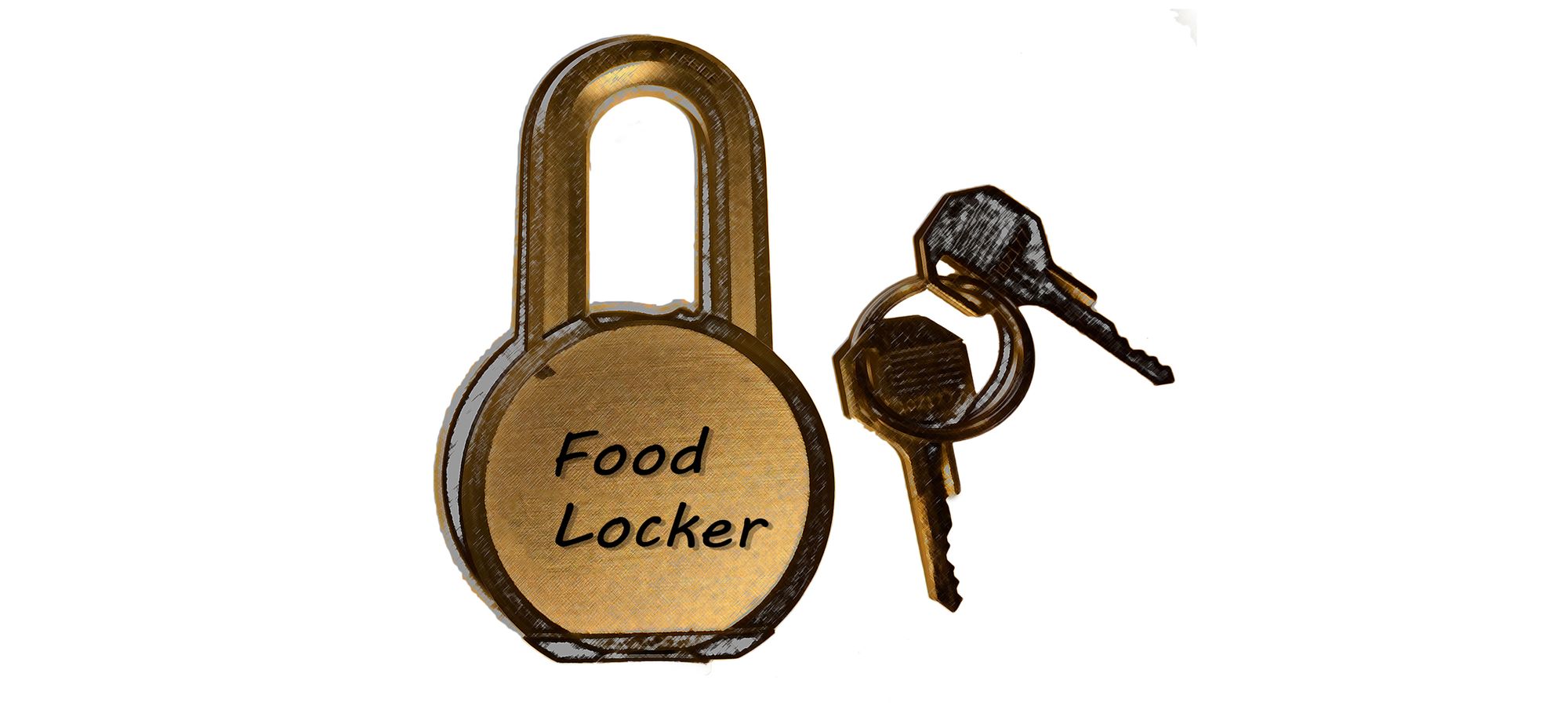
Locking up the food through ownership (as opposed to living off the land freely as hunter-gatherers) forces us to work long hours producing all these products so we don’t go hungry. This makes some people very rich and some very poor, and none of us truly content. It also creates havoc with the climate through resource depletion and leads to the extinction of species through habitat destruction.
My Ishmael doesn’t have all the answers, but it sets a good direction to travel in with our thoughts. It is an example of what good books can do—lead us to imagine new possibilities. Quinn doesn’t advocate for returning to the original hunter-gatherer lifestyle, which I am very glad about since there are absolutely too many of us to do that sustainably. He does advocate getting creative to find ways to build community and reestablish that sense of belonging we have lost. With that in mind, we will need lots of experimentation in our stories to realize what building community and connection means. So let us embrace many different visions for the future in our storytelling.
I have explored some of my own ideas about creating connection in my new book, coming out soon. It’s a climate fiction mystery, but its more than a mystery. It’s one girl’s journey through loneliness to find connection to herself, her father, and the future we can create. I call it The EarthStar Solution.
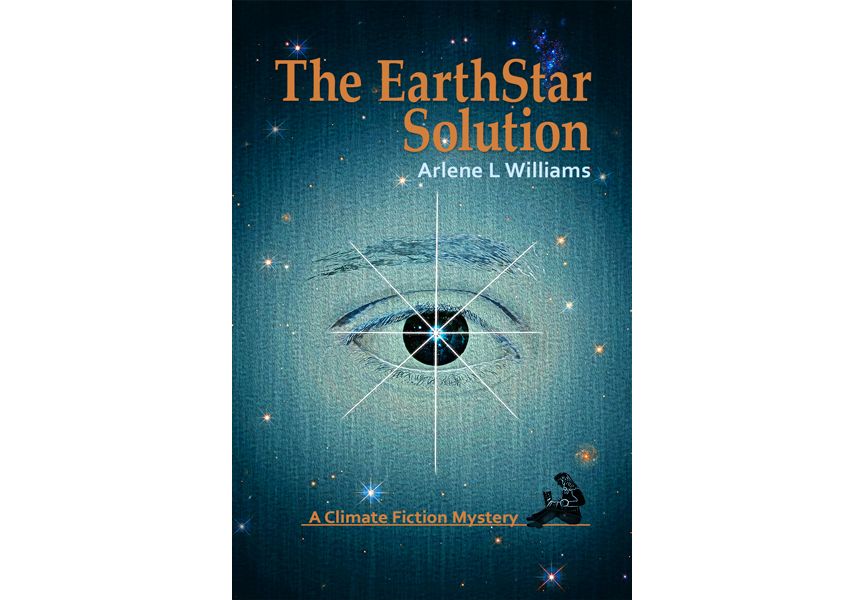
Member discussion